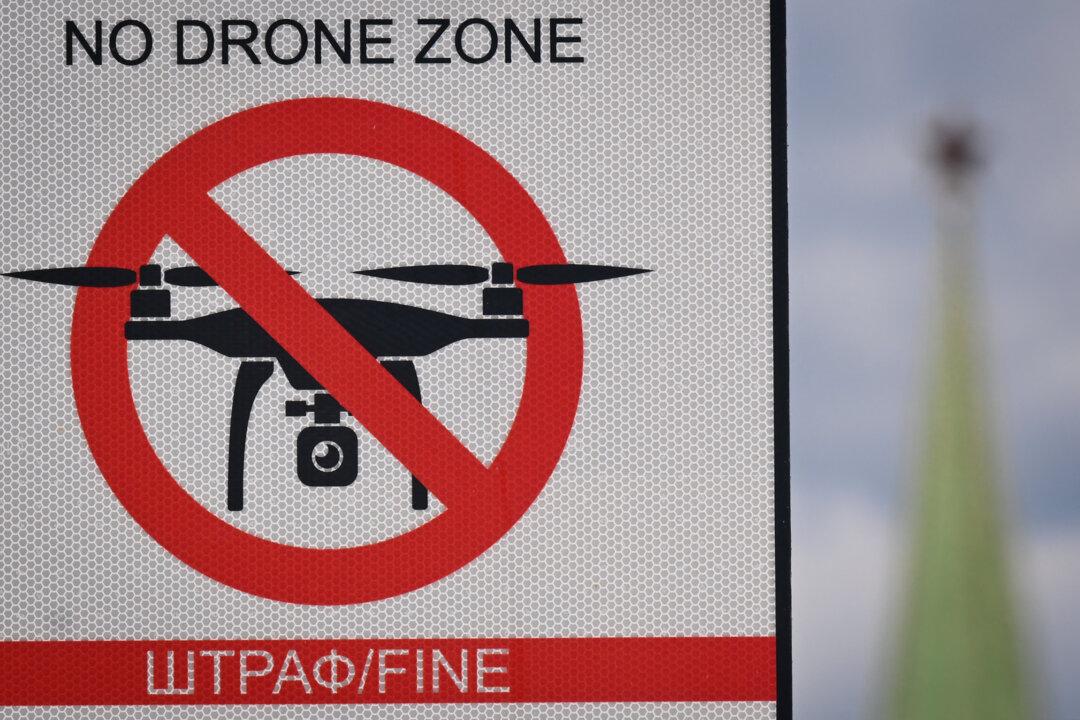U.S. ARMED FORCES, Iraq—The aircraft parked on the ramp at this military base in northern Iraq offers a symbolic counterpoint to the White House narrative that U.S. forces are on the sidelines of the ground war against the Islamic State.
U.S. Army medevac Blackhawk helicopters are based here, including the one that picked up mortally wounded Navy SEAL Charles Keating IV under heavy enemy fire during a May 3 battle north of Mosul.
Army Apache attack helicopters; intelligence, surveillance, and reconnaissance aircraft; and a variety of armed special operations aircraft from various military branches are also lined up on the tarmac.
This base is an operational hub for Operation Inherent Resolve, the U.S.-led, 66-nation coalition combating the Islamic State, the terrorist army also known as ISIS that holds territory in Iraq and Syria.
From the base, which is in the vicinity of Erbil, the capital of Iraqi Kurdistan, U.S. and coalition personnel coordinate airstrikes to support Kurdish peshmerga forces. U.S. special operations troops also stage operations from here to advise and assist the peshmerga during combat operations.






